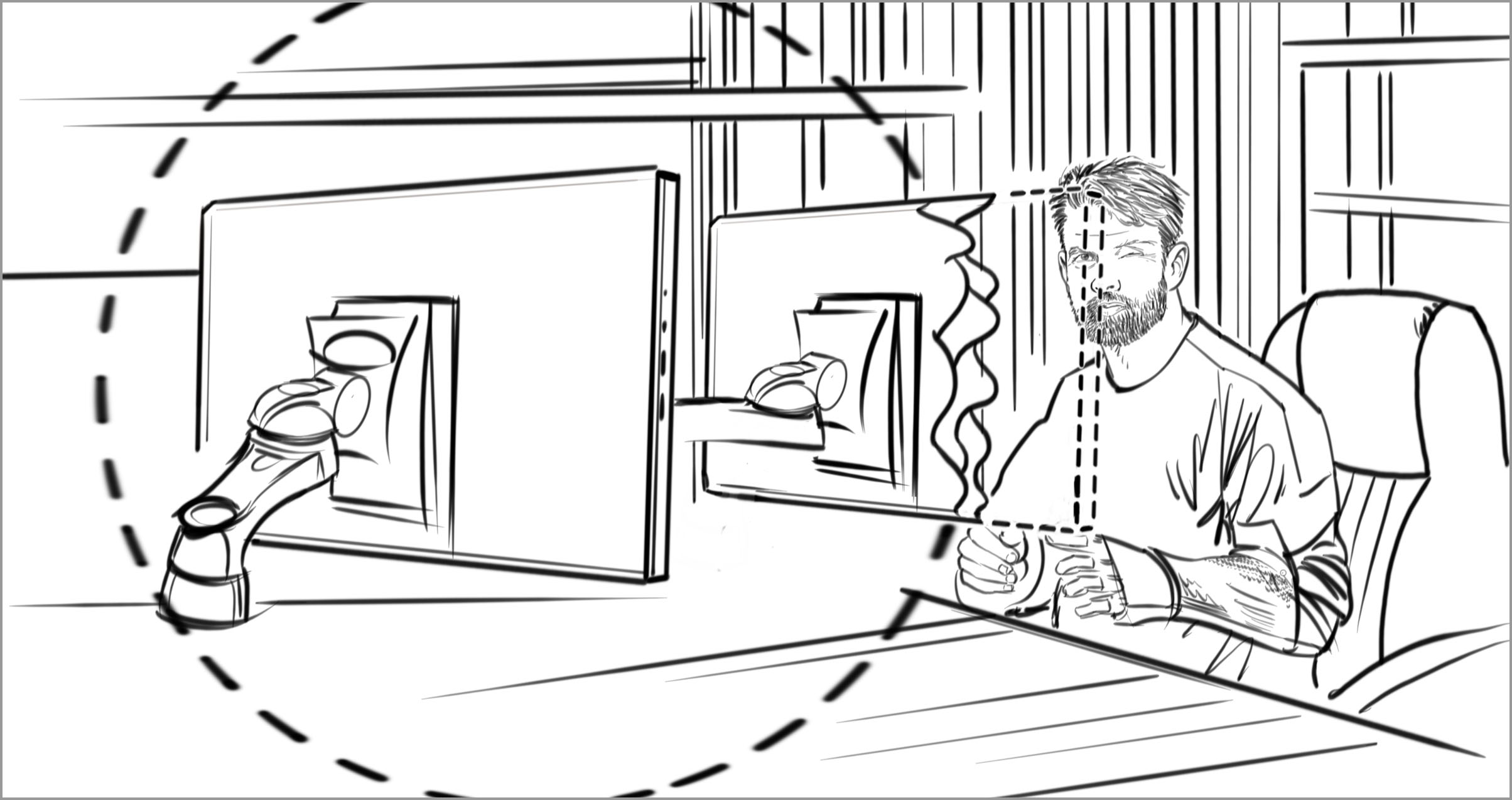Visual field loss
A loss of part of one’s visual field.
The amount of space we can see at any given time is our visual field. This includes what is directly in front of us (central vision) as well what is above, below, and to the side of our central vision (peripheral vision). The area of view for someone with visual field loss may be reduced. They may be able to see what is in their peripheral vision, but not in their central vision or vice versa. Visual field loss can also occur on only one side of the body. If someone’s visual field is limited, they may have to compensate by doing things like moving their device far enough away so the entire screen fits inside their central vision.
Visual field loss can be caused by eye diseases such as glaucoma, macular degeneration, and cataracts–or head injuries like a stroke, tumors, or traumatic brain injury.
Barriers
- Products and experiences that require the ability to see the entire device or screen at once (for example, when the only way to close a tab is to locate the small X button on the top right of the screen instead of being able to close a tab with shortcut keys)
- Devices that can't be accessed from remote locations (such as a smart board that can only be used when standing directly in front of it)
Facilitators
- Device output that doesn’t rely on vision (such as screen readers, etc.)
- Physical versatility of device usage (for example, being able to move the device to a desired location to see its entirety)
- Features that allow a user to control their experience without having to visually locate the features (for example, a keyboard shortcut that closes a window instead of requiring the user to locate the X on the top right corner of the screen)
- Support for alternate input methods (such as voice commands)
- Settings can be altered to facilitate access (such as zoom out)
Examples

BARRIER — The positioning of a device may limit a person’s ability to see the entirety of it if they are missing part of their visual field.

FACILITATOR — The ability to reposition a device so that the entirety of it fits in the person’s visual field facilitates ease of use.
The purpose of this reference is to provide concepts people can use to document and discuss aspects of function. Design should happen with people with disabilities, this reference is meant to support that activity, not replace it.
Feedback
Coming soon: Throughout 2024 we will be phasing out GitHub Issues as the feedback mechanism for content and replacing it with a new feedback system. For more information see: https://aka.ms/ContentUserFeedback.
Submit and view feedback for